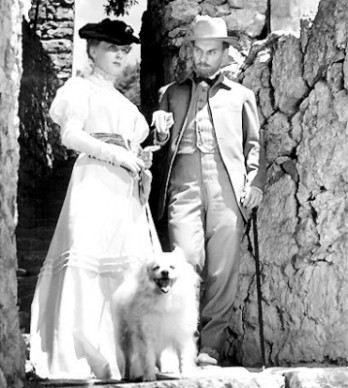I found myself very intrigued by this story. I thought it was very similar to Edgar Allen Poe’s dark and horror writing which is rare because I have never found myself comparing anyone’s writing to Poe. What shocked me most was that these dark thoughts and ideas were written by a woman. Usually, women write about a damsel in distress who finds love or about a strong empowered woman who displays multiple acts of feminism and pushes the boundaries. Charlotte Perkins Gilman, admittedly, does push the envelope with this story. The entire time I was reading, I questioned whether the narrator was mentally ill or if she really is depressed due to her oppressive marriage and imprisoned lifestyle. I think that this story is about the narrator being psychotic and mentally ill. The way she finds life in the wallpaper is not something normal people would do. It seems that her husband, John, and his sister also take notice that there is something very unusual about her because they put her in a room that resembles a jail with bars on the window and her bed nailed to the floor. Depressed people do not need restraint in that way. They are encouraged to keep themselves busy and do activities but the narrator does just the opposite which leads me to believe that John might believe she is a hazard to society but does not do anything about it because he does not know what to do even though he is a doctor.
*i had emailed this entry to you earlier in the semester when i could not be added to the discussion group but I figured i would post it so you could grade them all together.*
